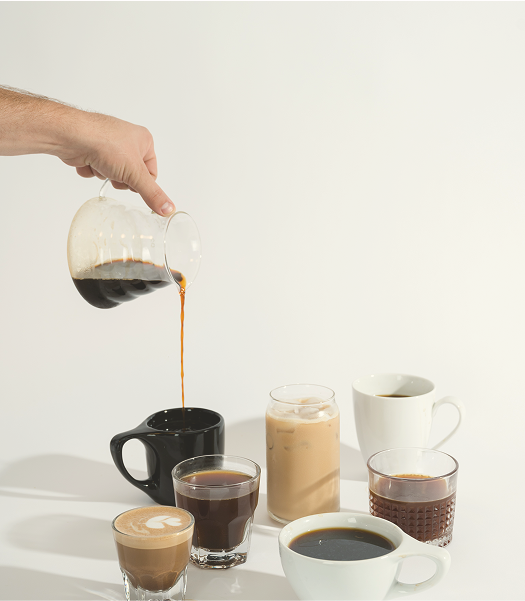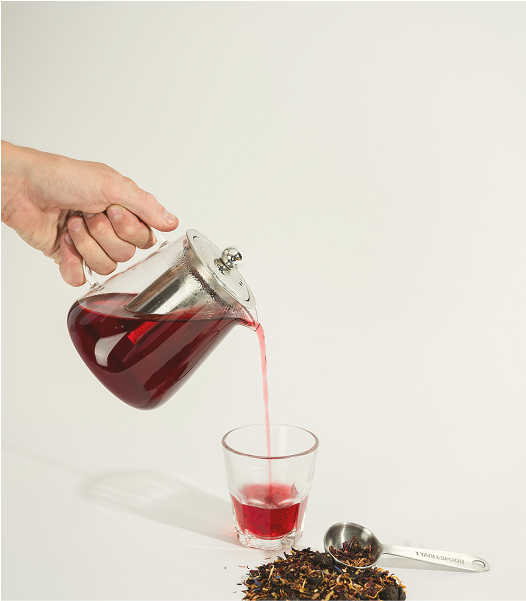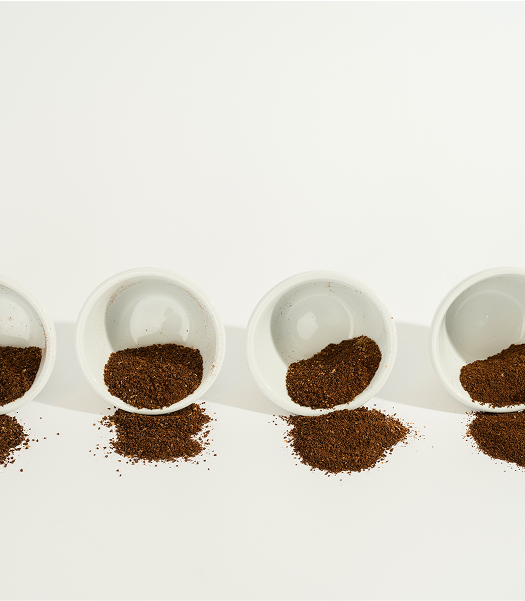Free Shipping on Orders Over $50
Wholesale Coffee Bean Pricing
Purchasing whole bean coffee can be a challenge to businesses and individuals, so understanding the relationship our team has with coffee producers can help make sense of costs as you’re looking to purchase. Understanding the intricacies of bulk coffee pricing not only helps you get the best deals but also ensures you're procuring high-quality beans that meet your specific needs. As a company who focuses on full-journey coffee bean sourcing, we delve into the fundamentals of coffee pricing, explore the factors that influence costs, and share strategies for sourcing beans from reputable suppliers and roasters. Whether you're a café owner looking to optimize your supply chain or a coffee lover aiming to stock up on your favorite beans, this guide will equip you with essential knowledge to navigate the world of bulk whole bean coffee purchasing.
Understanding Bulk Whole Bean Coffee Pricing Fundamentals
When buying wholesale coffee beans, there are several key factors that determine the price per pound. These include aspects like coffee origin, processing method, bean quality and seasonal availability.
Understanding what goes into bulk coffee pricing helps roasters and vendors make informed sourcing decisions.
We offer bulk 5lb bags or individual 12oz bags depending on your needs and use case. There are several ways we determine the pricing of each blend, and they typically boil down to origin, growing conditions, sourcing, labor, and several other factors.
What Determines Coffee Bean Prices in the Global Market
Coffee is a globally-traded commodity, so its pricing is influenced by supply and demand. If a certain coffee origin has a light harvest one year, those beans will be less available and cost more. Excellent harvests and oversupply lead to lower prices.
Variables like weather, natural disasters, planting cycles, local economies and political factors in producing countries can all affect supply and pricing. The global market essentially determines baseline pricing for green beans.
Additionally, some origins and growers develop reputations for higher quality, increasing demand and value for their beans versus commodity-grade bulk coffee.
How Coffee Bean Quality Affects Bulk Pricing
Specialty coffee is graded using The Specialty Coffee Associations standards and refers to any coffee that receives an 80 or higher out of 100 points. Higher grades of specialty coffee such as direct trade, organic, microlots, and other certifications cost more than uncertified commodity beans.
Specialty coffee can also mean higher prices more because of scarcity and demand than intrinsic quality. Output is often lower on smaller specialty farms due to a focus on harvesting only the best beans. Unique taste profiles also drive demand. If a new microlot coffee scores highly on flavor assessments, for example, it can sell for double or triple commodity pricing.
When buying specialty beans, roasters must decide if exceptional attributes merit paying quality, organic or sustainability premiums at the green bean stage.
At YIELD, we focus on the ethically sourced beans with traceable origins, offering the highest quality we can. It allows us to bring a great story to your table with each cup.
Factors That Impact Bulk Coffee Bean Costs
Origin and Geographic Influences on Coffee Prices
Beans from sought-after regions or growing areas that produce in smaller volumes often cost more than countries who have higher yields or utilize less specialized processing methods.
Regional pricing reflects supply-and-demand but also differentials in flavor profiles. For example, beans from Ethiopia with a fruity flavor profile often demand higher premiums than beans from Brazil with milder flavor profiles. Transportation costs can also make an impact on pricing if beans come from remote regions.
When deciding which bean origins to buy in bulk, roasters should consider flavor preferences, retail pricing thresholds, freight factors, social causes, and sustainability. Not all buyers can absorb (or pass on) high green bean costs.
Seasonal Variations and Harvest Cycles
Most coffee producing regions have a main annual harvest, usually October through March. Beans are most abundant, and pricing lower, immediately after harvest versus later in the annual cycle. After harvesting, it typically takes a couple of months before the beans have been processed and transported to their final destination.
Forward looking buyers may lock in pricing using 6–12 month contracts soon after the main harvest. Buying later in the season means paying higher prices and having fewer bean choices as availability declines.
Roasters should plan seasonal purchasing carefully when buying beans in bulk to optimize both availability and wholesale pricing.
Processing Methods and Their Price Implications
How coffee cherries are processed after picking also significantly impacts quality, flavor and pricing. The main processing methods are natural, washed, and honey.
– Natural: Cherries are dried intact before hulling. Imparts an earthy or fruity flavor profile.
– Washed: Fruit removed before drying. Produces a clean, bright cup profile.
– Honey: Partially dried with some mucilage left on, often creates a sweeter flavor profile.
Roasters should cup and compare various processing methods from different origins to determine flavor preferences most appealing to their customers and price thresholds.
Where to Buy Bulk Whole Bean Coffee at the Best Prices
YIELD provides a great variety of options for online purchasing and sourcing of the highest quality coffee beans.
Evaluating Suppliers for Business Needs
- Menu matching — Flavor profiles appropriate for brew method and recipes.
- Consistency — Ability to reliably supply needed volumes long term.
- Business support — Wholesale partnership, marketing materials, equipment servicing.
Be clear on expected volumes, frequency, roast types, grinding needs and other specs when sourcing a supplier. Prioritize consistency, freshness and fair pricing above certifications and marketing claims alone when making a choice.
This outline incorporates key factors such as coffee beans, wholesale pricing, suppliers, roasters, and quality considerations while maintaining a logical flow for readers interested in bulk coffee purchasing. The structure allows for comprehensive coverage of pricing factors, market dynamics, and purchasing strategies for both businesses and serious coffee enthusiasts looking to buy in bulk.
Relational Coffee — traceability of where the coffee comes from, conversing with farmers, traveling abroad, having a relationship with where the coffee is coming from.





